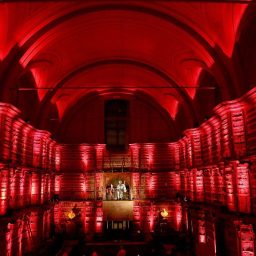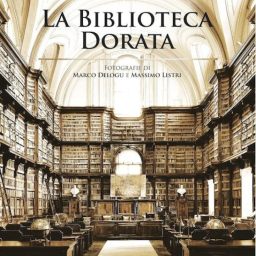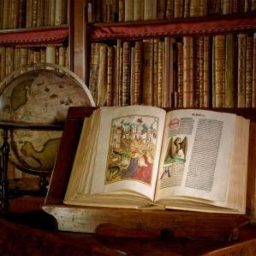The Biblioteca Angelica owes its name to the Augustinian Bishop Angelo Rocca (1546-1620), an erudite writer and a keen collector of rare editions. He was in charge of the Vatican Printing House during the pontificate of Pope Sixtus V. Bishop Angelo Rocca entrusted his collection of some 20,000 volumes to the friars at the convent of St. Augustine in Rome at the end of the sixteenth century. Over the previous centuries the Augustinian collection had acquired valuable manuscripts donated by Roman nobles, and codices transcribed by or belonging to the friars themselves who left them to the monastery when they died. Angelo Rocca provided the new library with a suitable building, an annuity and a set of regulations. He wished the library to be open to everyone irregardless of their income or social standing. The novelty of this institution gave rise to an ever-increasing interest by the general public and soon the library's fame spread to scholars all over the world. In 1661, Lukas Holste (1596-1661), the curator of the Vatican Library, left his valuable collection of 3,000 printed volumes to the Augustinian friars. In the first half of the eighteenth century the Roman monastery and its library bore witness to the religious controversies of the period. The presence of the main supporters of Augustinian thought meant that a collection of books which is still fundamental to research of the period of the Reformation and Counter-Reformation was formed in the library. This was the reason why, in 1762, the huge library of Cardinal Domenico Passionei was acquired. This acquisition doubled Angelica's collection and above all enriched it with texts that the Cardinal, who was connected with the Roman Jansenist circles, had obtained during his travels as papal envoy in Protestant Europe. During those years, Luigi Vanvitelli was commissioned by the monks to rebuild the monastery, and he completed the current reading room in 1765. The library was closed for renovation in 1748 and was finally re-opened to the public in 1786 when the handwritten catalogue of all the printed books had been complete. In the nineteenth century the history of the Angelica was marked by historical events which directly affected Rome: from the French invasion to the proclamation of the Mazzinian Republic in 1849. In 1873 the Biblioteca Angelica became the property of the Italian State.Since 1940 Biblioteca Angelica has in deposit 10,000 volumes belonging to the Accademia Letteraria dell'Arcadia. The Angelica became a part of the Ministero per i Beni Culturali e Ambientali in 1975. The current works of restoration and reorganization have allowed the Institute to increase its book deposit and to offer new services to its patrons.
Events at Rome Art Week
Free access
Free access
2024
Free access
Free access
2023
Free access
Vernissage Monday 23 Oct 2023 | 18:00-21:00
2022
Free access
Vernissage Monday 17 Oct 2022 | 18:00-22:00
Free access
2021
Free access
Vernissage Wednesday 20 Oct 2021 | 18:00-20:00
2020
Free access
2019
Free access
2017
Free access
Free access
Tours organized or including this participant















